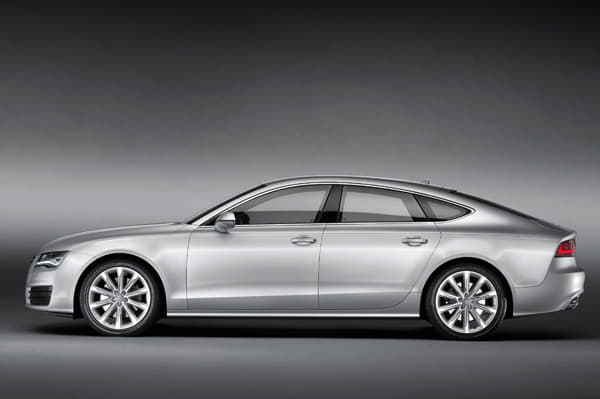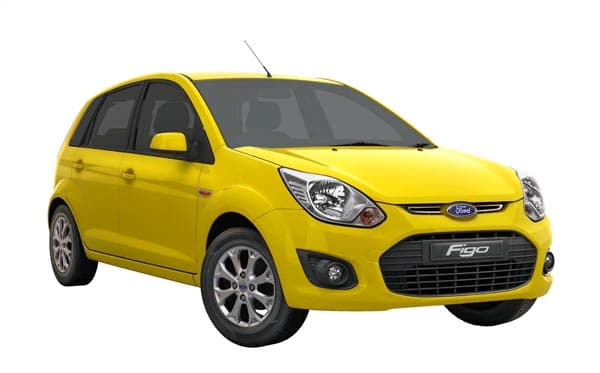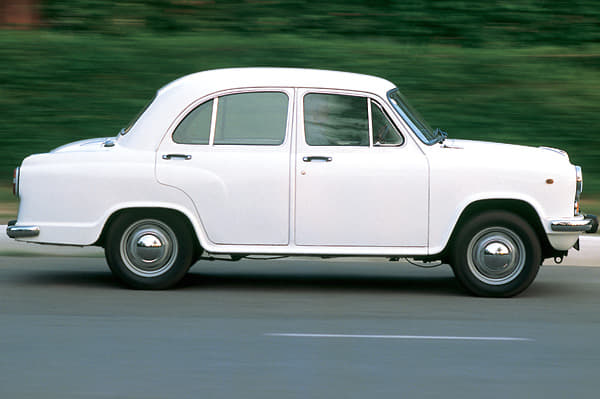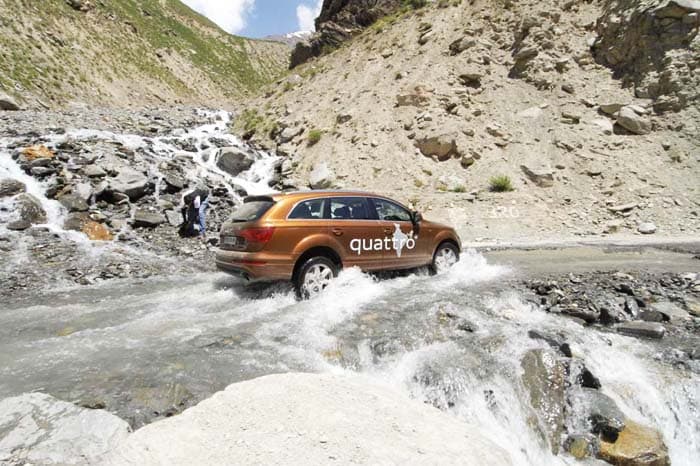RWD cars are now clawing back the 4WD advantage
Electronics today are allowing mechanical engineers to use bits of hardware in ways they would have never dreamed possible.
2 min read•12 Aug '13
4K+ views


The battle between power output and traction is an age-old struggle. An evolutionary battle similar in many ways to evolution in nature, both are essential to the progress of high-powered sportscars. Whereas mechanical improvements were responsible for progress some years ago, today it’s more about the integration of mechanical bits and electronic control systems. Electronics today are allowing mechanical engineers to use bits of hardware in ways they would have never dreamed possible. And because traction is better today, rear-wheel-drive cars are seeing something of a renaissance over four-wheel-drive cars.
That’s great news because when it comes to enjoying a really powerful sportscar, four-wheel drive has always been more of a necessary evil. Four-wheel-drive systems are heavier, they feel inert from behind the wheel and a car so equipped seldom feels as nimble or fleet-footed. But what’s giving rear-wheel drive a leg up? For starters it’s fundamental stuff – better tyre technology, improved chassis stiffness, better suspension arm design, increased aerodynamic down force and better weight distribution.
Other more specific tech includes stuff like Porsche’s torque vectoring system, PTV. It brakes the inside rear wheel in a corner, creating a differential in the speed of the inside and outside wheels. This creates a yaw or steering effect similar to the one that takes place in a tracked vehicle such as a tank. PTV has greatly enhanced the ability of cars like the new 395bhp 911 to put down power to the road without the aid of 4WD.
Active differentials like Ferrari’s E-Diff come straight from Formula One. Unlike a normal differential that’s made up of only circular gearsets, an E-Diff has two packs of multi-disc clutches, one for each axle or drive shaft. Sitting up against each clutch pack are a pair of hydraulic actuators that engage and disengage the clutches according to information picked up from the ECU, which has situational awareness about what the car is doing. Traction is so much better, Ferrari found a difference of over three seconds a lap, with and without the system. The traction control system intervenes less often and the car has 32 percent stronger longitudinal acceleration coming out of corners. Even when the car is sliding, it needs less corrections on the wheel.
Another Formula 1-derived traction aid from Ferrari is F1-Trac, which brings F1-quality traction control to road cars. Whereas normal traction control acts only as a switch, turning power on and off, this system acts like a dimmer, blending the exact amount of power needed in. This allows for greater stability and optimum use of power. There’s no jerky cutting in and out and the system, in true F1 style, ‘rides’ the traction vs power curve to the limit.
Sure, four wheels can provide more traction than two, but levels of traction are advancing so fast, rear-wheel drive may soon become the preferred choice once again.
Suggested Features
Top hats are trending our car market, but is that good?
Manufacturers choosing to launch older models in India may sound odd, but there are a few key advantages to this tactic.
2 min read•5 Aug '13





Slow down, have some fun
Some musings about the legendary Ambassador now in BS IV form, luxury player Mercedes and the love for driving and cars.
2 min read•1 Aug '13


Royal Appointment
Ten years on, Royal Enfield's Himalayan Odyssey is as exciting as ever.
2 min read•18 Jul '13


Audi Great India quattro Drive 3 : Day 10 – Sarchu to Leh
Nearly at the end of their journey, the team is faced with streams across their path and series of hairpins on the climb up. But the capable Audis make light work of the challenge.
2 min read•1 Jul '13


Audi Great India quattro Drive 3 : Day 9 – Jispa to Sarchu
The road to Sarchu from Jispa is a mix of really rough terrain and breathtaking scenery.
2 min read•27 Jun '13


Latest Cars
Can't decide which car to buy?
Ask our experts and get answers to all your car related queries.
Latest Cars
Can't decide which car to buy?
Ask our experts and get answers to all your car related queries.























